Balustrades in public spaces must meet strict safety standards while enhancing architectural design. Learn how to balance compliance and aesthetics with expert insights from UNEX.
Balustrades provide essential fall protection and guidance for pedestrians, ensuring safety in elevated areas, stairways, and open spaces. Beyond their functional role, they help define spaces, direct foot traffic, and enhance architectural character.
We spoke with UNEX Residential Business Development Manager Ben Thomas about how to select well-designed balustrades that contribute to the safety and beauty of public spaces.
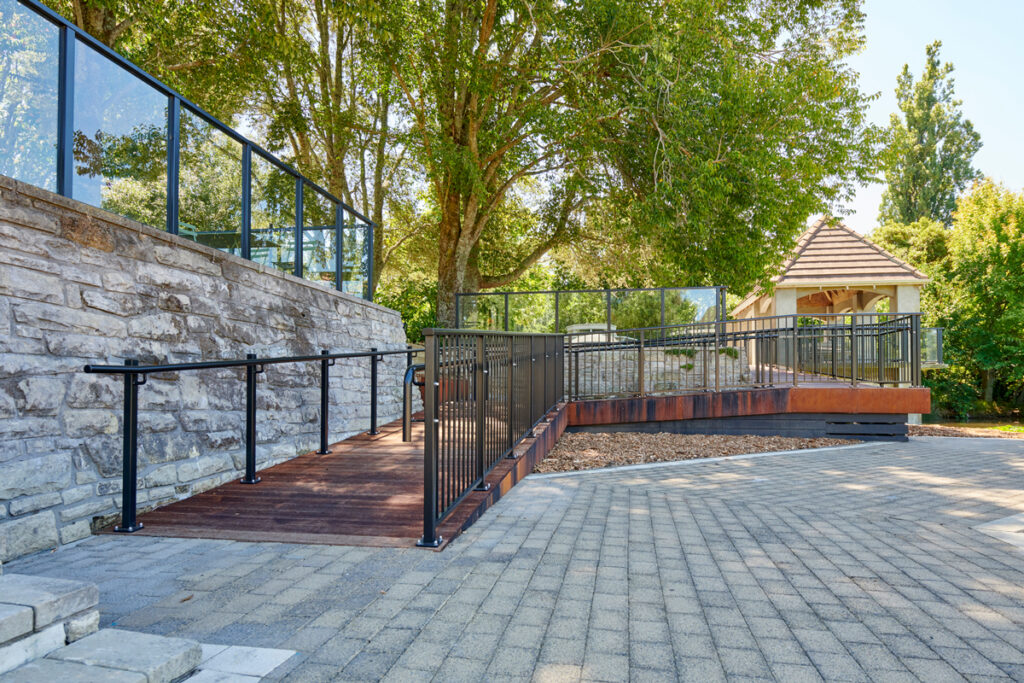
Safety Requirements for Balustrades in Public Spaces
In New Zealand, balustrades in public spaces must comply with the New Zealand Building Code (NZBC) to ensure they provide the necessary strength, durability, and accessibility.
Key compliance requirements include:
B1 (Structure): Balustrades must withstand high impact and crowd loadings, particularly in high-traffic areas.
B2 (Durability): Structural components must last at least 50 years, while fixings and coatings require a 15-year lifespan.
D1 (Access Routes): Handrails and balustrades must accommodate all users, including those with mobility impairments.
F4 (Safety from Falling): Balustrades must meet height and barrier strength requirements to prevent falls.
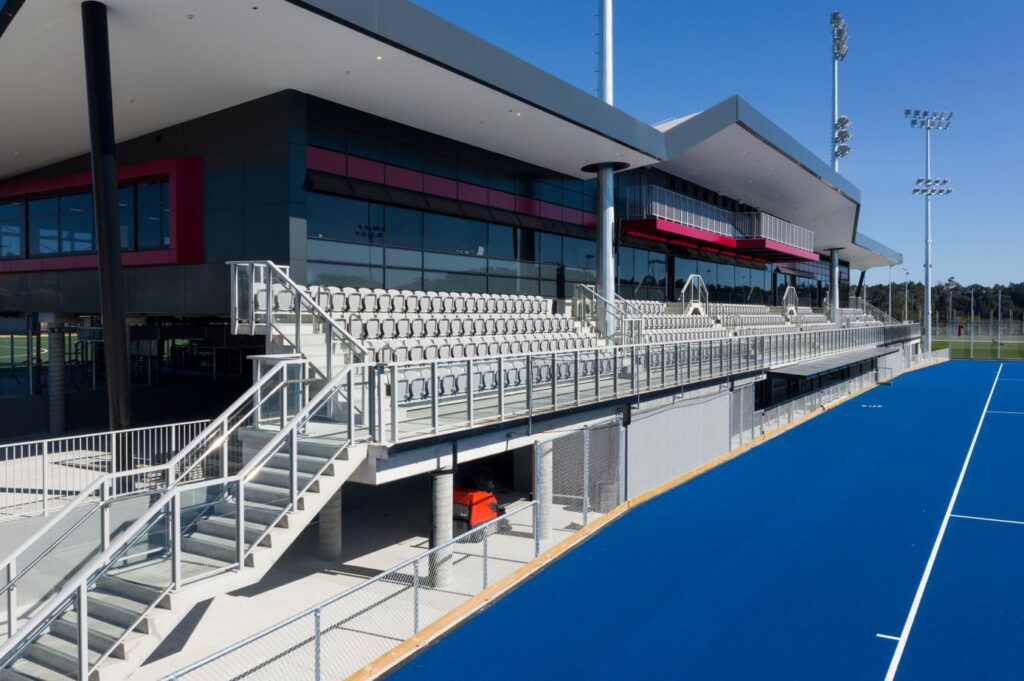
Public space balustrades must meet strict safety standards, which can be complex for those unfamiliar with compliance processes.
“UNEX offers pre-engineered balustrade solutions that simplify compliance,” says Ben. “We provide PS1 documentation for download via our technical portal at unex.co.nz, or we can create site-specific designs as needed.”
While safety is paramount, balustrades should also enhance the visual appeal of their surroundings. UNEX’s aluminium and glass balustrades are designed for durability and strength while complementing architectural intent.
Case Studies: Balustrades in Action
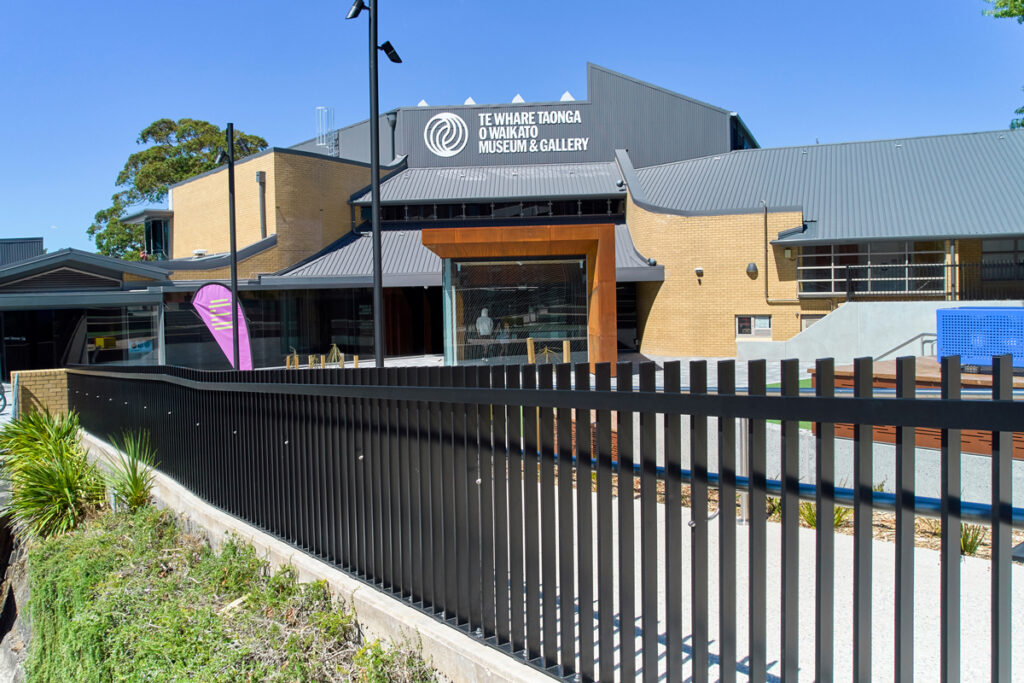
Waikato Museum
A site-specific design for Waikato Museum features UNEX’s custom Topline balustrade with heavy-duty vertical fins in a CTH2 profile (60 x 16mm), complete with an interlinking VRR handrail mounted to the side. This solution provides clear sightlines while ensuring visitor safety on stairways and elevated areas.

National Hockey Centre
With seating for 450 spectators, the main stand at the National Hockey Centre required a balustrade system with the highest load rating. The UNEX X3000 series was specified, capable of withstanding more than 3kN of sustained force-equivalent to all 450 spectators leaning on it simultaneously.
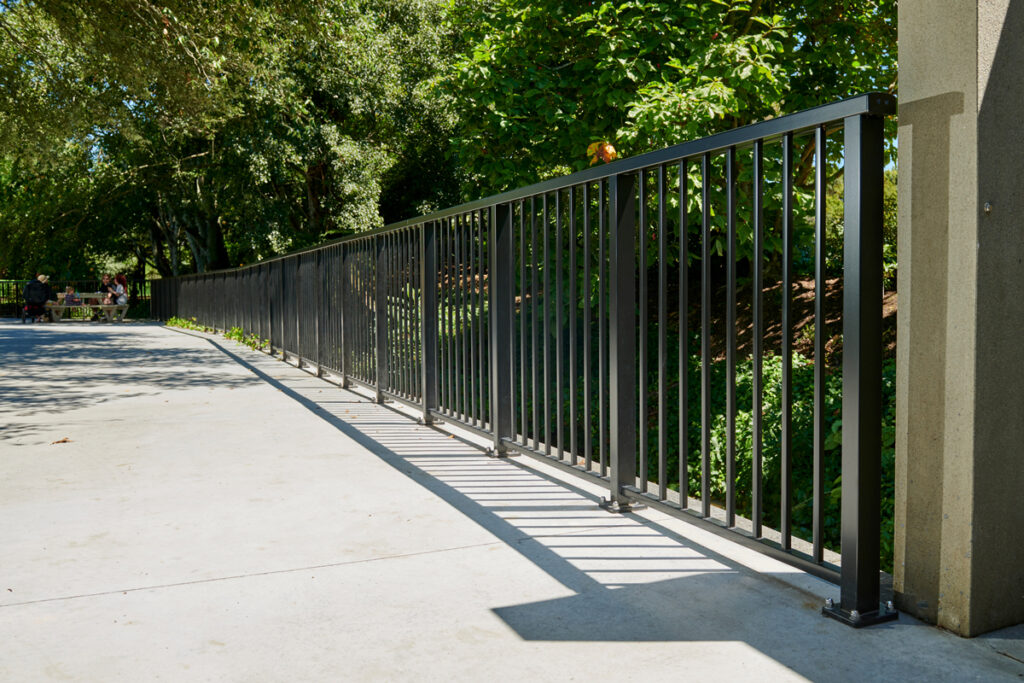
Hamilton Gardens
Installed by authorised fabricator Acclaim Aluminium, the X1500 Balustrade with UniRail ensures safe and accessible pathways while maintaining the garden’s aesthetic appeal. Engineered to withstand significant foot traffic, it integrates seamlessly into the landscape while meeting strict durability and safety requirements.
Selecting the Right Materials for Public Space Balustrades
Framed glass balustrades offer unobstructed views, making them ideal for waterfronts, lookouts, and public plazas. Aluminium balustrades provide a contemporary, durable solution suited to harsh weather and high-traffic environments. Custom screening solutions can add privacy, wind protection, or decorative elements to enhance public spaces.
“Whatever material you choose, it’s important to ensure it can withstand constant use and requires minimal maintenance,” says Ben.
“Aluminium is a preferred choice due to its corrosion resistance, strength, and ability to be powder-coated for extra protection. UNEX’s balustrade systems are designed for long-term performance, ensuring compliance with NZBC durability standards.”
Balustrades must also be designed with inclusivity in mind, ensuring compliant handrail heights, contrasting materials for visibility, and continuous handrails for those with mobility impairments.
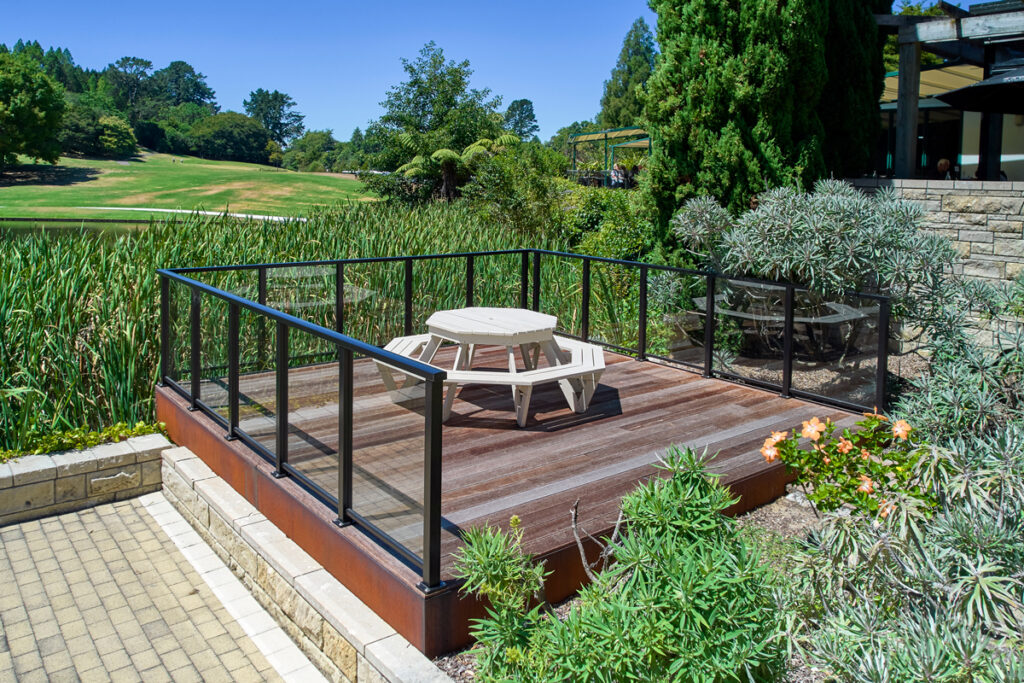
Key Considerations When Selecting a Balustrade for a Public Space
Balustrades must balance safety, compliance, and aesthetics. Key factors to consider include:
Compliance: Does the system come with pre-engineered PS1 documentation to streamline approvals?
Durability: Can the materials withstand heavy use, weather exposure, and environmental conditions?
Aesthetics: Does the design complement the surrounding architecture and landscape?
Ease of Installation: Can the system be installed efficiently with minimal disruption to public areas?
Load Rating: Public spaces often require balustrades rated for C3 and C5 crowd loadings to handle high foot traffic.
Compliance with the NZBC, particularly F4 (Safety from Falling) and D1 (Access Routes), dictates when and where handrails are required for accessibility.
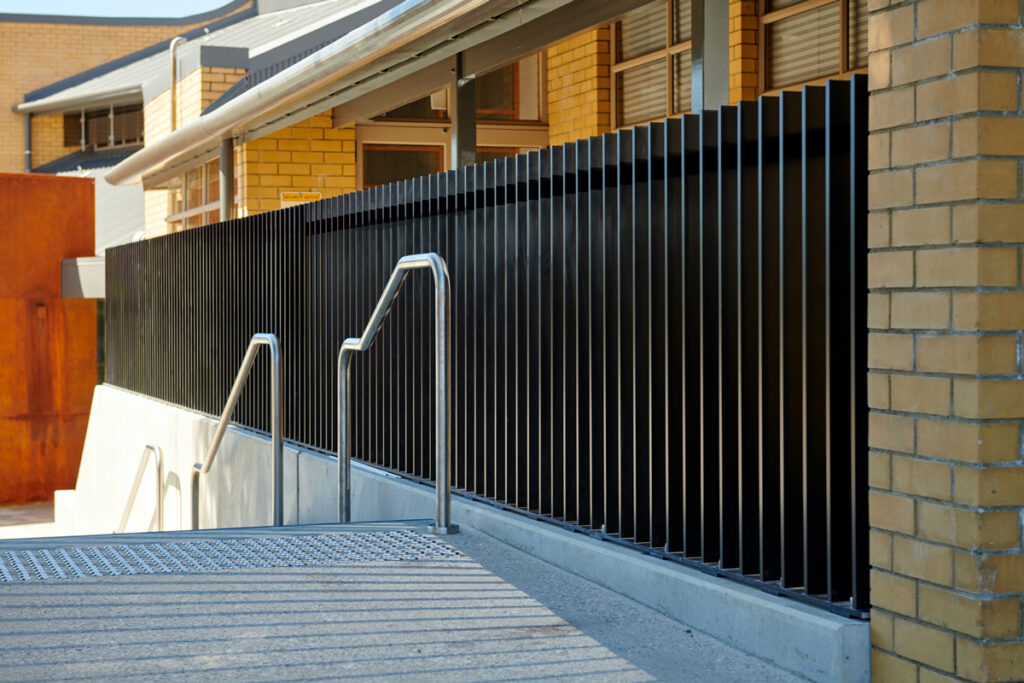
Elevating Public Spaces with the Right Balustrade
Balustrades are more than just safety barriers-they shape public spaces, influence pedestrian movement, and enhance visual appeal. By selecting the right system, architects can create environments that are safe, compliant, and aesthetically pleasing.
For architects and specifiers seeking compliant solutions, UNEX offers a range of aluminium and glass balustrades tailored for public spaces.
Call us on 0800 333 777 or contact us online for expert advice.


